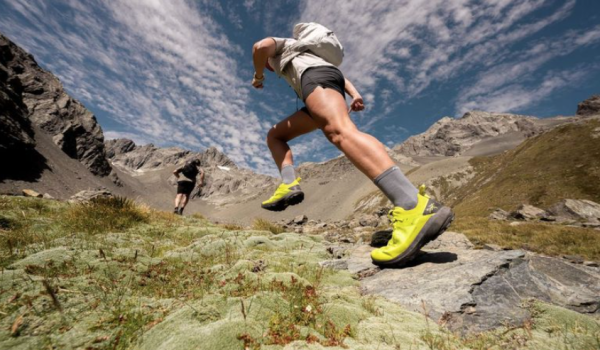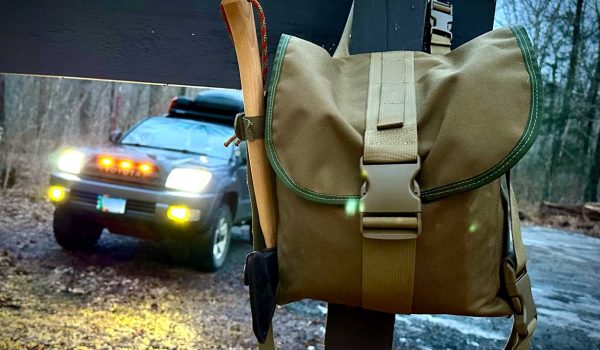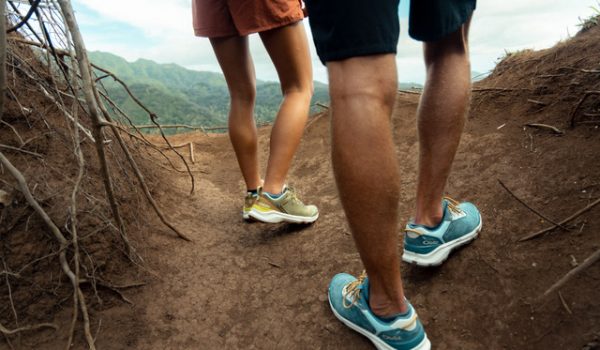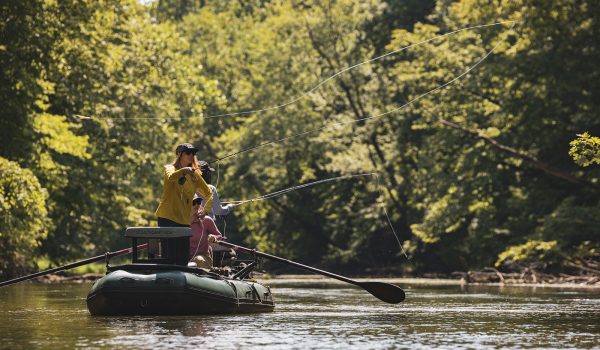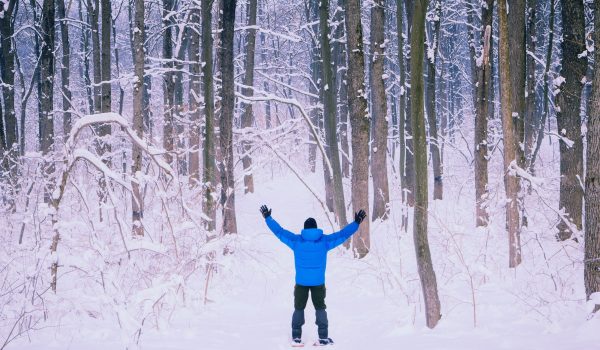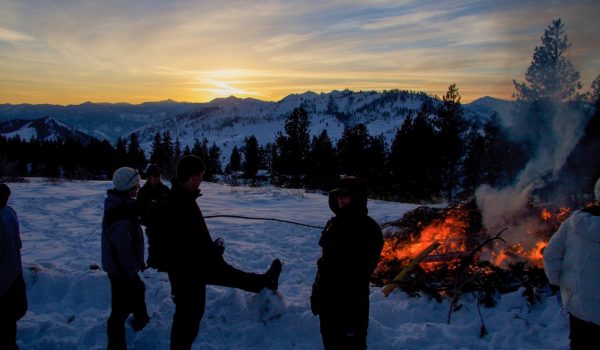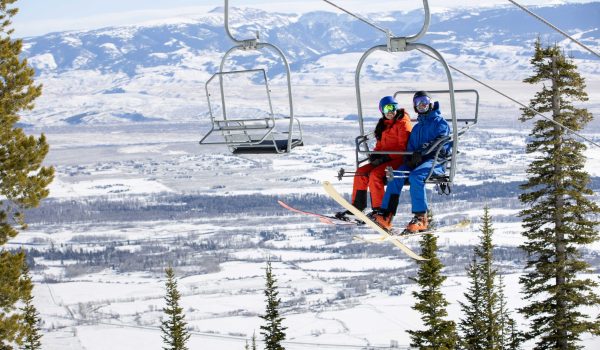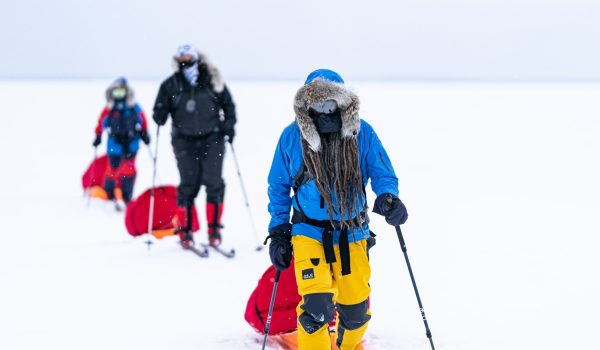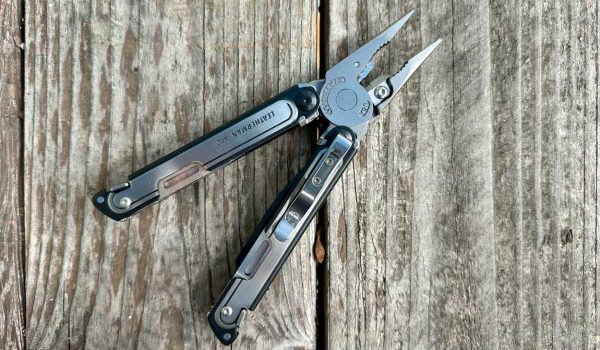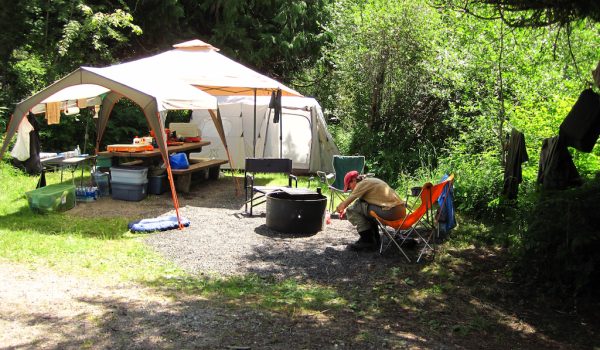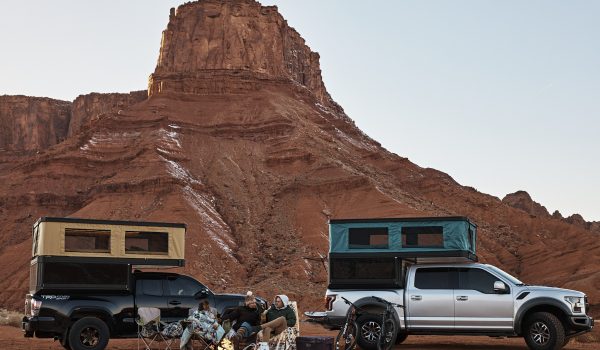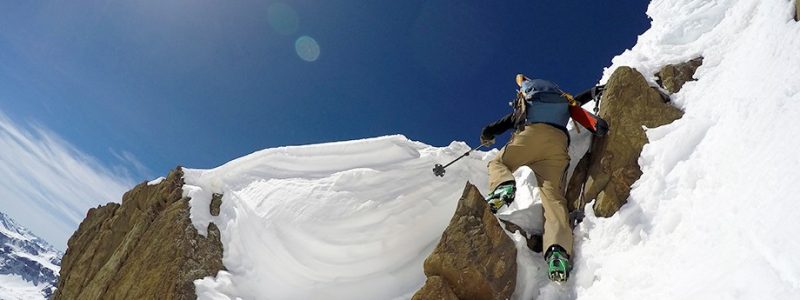
The Best Ski Pants and Bibs
Our experts assess products through rugged field tests and score them based on carefully chosen criteria. These ratings help us decide on the best available backcountry ski pants and bibs for both men and women.
Our reviews of ski pants and bibs are combined so they can be compared against one another to find the perfect outer layer for your bottom half. Our reviews are instead divided into gender categories.
Women’s Ski Pants and Bibs is the review that compares women’s specific ski bottoms. These will better fit people with wider hips and shorter legs and often come in bright pinks and baby blues as well as standard blacks and grays.
Men’s Ski Pants and Bibs compare unisex products designed for men or women who have narrower hips and longer legs. Men’s and unisex versions usually come in more neutral colors, but ski wear style leans toward the bold and bright for both genders.
How to Select the Best Ski Pants or Bibs For You
The Best Ski Pants and Bibs by: McKenzie Long
If you are assembling a ski or snowboard outfit for the coming season, you have a number of things to consider beyond just your boots, board or skis. You need: socks, base layers, helmet, goggles, gloves, jacket and pants. Each of these items affects your comfort, which can in turn affect your performance and how long you want to spend shredding each day, so they should each be carefully considered.
If you are thinking about buying a matching jacket and pants set, we would recommend choosing your jacket first and then buying the corresponding pants, mostly because jackets have more features to choose from. Check out our Ski Jacket Reviews for more information on how to make this choice. Pant selection can still make or break your ski day, but pants that have similar materials to your favorite jacket are likely to keep you comfortable and happy. If you are only in search of pants at this time, read through our five step selection process to remind you of all the important things to consider before you buy.
1. Select the Category and Style For You
Your first and most important decision when shopping for ski pants is: do you want pants or bibs? Many companies will design pants that come in both bib and standard options, so you often have the choice of which style you prefer to wear.
Bibs
Bibs are ski pants with built-in overalls. They have straps that go up over your shoulders and are worn over a baselayer but underneath your ski jacket. They are more of a hassle to put on and take off, but they protect you from getting snow up your back if you take a fall in powder. Bibs create a seamless pants-to-jacket interface because the top of the pants extend halfway up your back.
Pants
Bottoms for skiing also come in standard pants. These are slightly easier to get in and out of, but they do not protect from snow getting inside your clothes quite as well as bibs. If you choose standard ski pants, pay attention to the jacket/pants interface (read more on this below). Sometimes pants will be designed to go with a certain jacket and will hook or snap to the top layer, allowing them to be almost as protective as a pair of bibs. Obviously, this feature only works if you buy the corresponding top and bottom.
Men’s Ski Pants & Bibs
We have compared multiple pairs of men’s bibs and ski pants in the field. Men’s versions usually come in longer and taller sizes and with more neutral color options. One of our favorite tested pairs was the Patagonia Powslayer Bib. This pair is lightweight, waterproof and allows for easy mobility. There is a droplet configuration to make access into the bibs easy. Check out our detailed reviews to decide which are the best men’s bibs or ski pants for you.
Women’s Ski Pants & Bibs
We have also reviewed several pairs of women’s ski pants and bibs. Women’s versions are sized more appropriately for smaller-framed females and come in different color options. One of our favorite women’s ski bottoms was the Arc’teryx Arzetta Pant. This pair of pants has an articulated fit with a gusseted crotch that allows for a comfortable freedom of movement. The material is waterproof and windproof and the legs feature tight gaiters that fit around the boots to keep out snow. Read our reviews to find in more on the perfect women’s ski pants or bibs for you.
2. Select Shell Material and Insulation
Next, consider the exterior and the interior of ski pants. How weatherproof do you want them to be? And how warm? You should base this off of the most common weather in the region where you most often ski as well as the type of skiing you do most frequently. A backcountry skier will have different needs than a park skier. If you like to ski at both the resort and in the backcountry, look for a pair of pants that can transition to both. This will usually mean a lightweight hard shell pair of pants that offer great mobility.
Hard Shell
Most pants designed for skiing or snowboarding will be waterproof, made from two or three layers of waterproof/breathable materials. This will keep wind, water and snow from reaching your legs or soaking the fabric. High quality hard shell materials also allow some breathability so that the water vapor from your sweat can move to the outside of the pants rather than staying trapped inside. You will want your hard shell pants to have ventilation options, so make sure to check for side-zips. We think that every skier will want a pair of hard shell pants to protect from the elements.
Soft Shell
Almost all ski specific pants and bibs are going to be made of waterproof hard shell material, but there are some made from water resistant soft shell materials. These pants will be stretchier and more breathable than hard shell versions. Soft shell ski pants will be more comfortable for warm spring skiing or for backcountry skiing where you work up a sweat and need your body to cool itself more quickly. In our opinion, soft shell pants are more specialized and work better as a second pair of ski pants in addition to your hard shell pants.
Insulated
Some ski pants will come with a thin layer of insulation. If you live in a cold climate, prefer to ride lifts most days, and consider yourself to run cold, having ski pants that come with included insulation will keep you warmer and more comfortable. This will be especially welcome as your rear makes contact with icy lifts over and over throughout the day. The downside to insulated ski pants is that when the sun comes out, you don’t have the option of removing layers to moderate your body temperature.
Uninsulated
Pants without insulation can be much more versatile because they provide more flexibility in layering. If the weather is bitter cold and stormy, you can wear thick long underwear and even insulated pants underneath your shell pants. If it is a sunny, slushy, spring day, then you can wear your pants with no layers for maximum breathability. If you plan to ski in the backcountry or side-country, we recommend selected uninsulated pants because those styles of skiing involve hiking, skinning and sweating, and you will want the versatility of adjusting your layers based on the day.
3. Choose Preferred Fit
Look for a pair of ski or snowboard pants that suit your own personal style. Some manufactures will have a certain style or defined look that characterizes the whole brand. You may want to select pants that match your chosen ski jacket. Often manufacturers will make complimentary pants and jackets, so you can get pieces with the same shell material, same overall fit and matching colors.
Relaxed or Expedition Fit
Baggy is in, especially among snowboarders and park skiers. The rest of the industry has taken note, and many ski pants are designed with a looser fit. This allows for freedom of movement and for customizable layering underneath, which most people seem to find to be more comfortable. You can wear thin leggings or thicker insulated pants underneath baggier shell pants.
Trim or Athletic Fit
Closely fitting pants can be considered more flattering, especially for females. A trim or athletic fit won’t allow for as many layers to be worn underneath and can feel confining. Pants designed for backcountry skiing or soft shells designed for spring tend to have more of an athletic fit than pants designed for park and resort skiing.
4. Consider Features
Take a look at the features found in popular ski pants. Some, like vents and zippered pockets, are required to make a good product. Others are optional. The features found on the pants you are considering to purchase can give a good indication of quality.
Pants and Jacket Interface
Some companies make jacket and pants pairs that work together. This usually involves snaps or loops on the powder skirt of the jacket that connects to the waistband of the pants. This prevents your jacket from riding up, your pants from riding down and snow from getting inside your outer layers. As we mentioned earlier, bibs solve this interface problem by keeping your pants up with suspenders and by providing a taller surface area of waterproof material that reaches past your waist. The only time you need to pay attention to the jacket and pants interface is when you purchase a jacket and pants from the same brand. Sometimes you have to buy the exact same model of both for this interface to work properly. If you want your pants and jacket to work together, then look for outfits that go together in this way.
Gaiters
Most ski pants come with gaiters sewn into the legs. These often have stretchy elastic cuffs so that they can be pulled snugly over your boot tops. This is just another way to keep snow from getting where you don’t want it; namely, inside your boots. Gaiters help keep your pants down and in place and work especially well when you are boot-packing in deep snow. Some people do not like gaiters included in their pants, and if that describes you, you can also find models that do not have this feature.
Vents
A ski day can begin on a frosty morning as you shiver on a wind-exposed lift and then transition into a bluebird day as you make pristine powder turns and work up a sweat in the process. This requires a moderation of your body temperature, meaning that you will want ventilation. Most ski bibs and pants have zips up and down the legs that can be opened to let in some much-needed fresh air, and then be closed when the wind blows and the freezing rain starts. Check out the length of these vents, and consider that in combination with your body type. Do you typically run hot and find yourself sweating even in the dead of winter? Or do you run cold, and always need more layers rather than less? People who run hot will want more substantial vents. Some vents are open to the interior, offering the best airflow. Others are mesh-lined to prevent snow from getting inside your pants. This makes it harder for a breeze to get in and cool you off. Take note of which kind of vent you will want.
Pockets
We are of the opinion that you can’t have too many pockets in your ski wear. Look for pants or bibs with multiple pockets, such as hand pockets and a pass pocket on your thigh where you can conveniently stash an RFID ticket to be read by gate scanners. Always check for zippers. While out for a day riding, you are likely to lose anything not secured shut, so don’t count on keeping anything in an open pocket.
RECCO Reflector
RECCO is a safety system used by ski resorts to find people that are missing, either caught in an avalanche or trapped in a tree well. This system detects metal reflectors, which are now frequently built into ski clothing. Having this reflector in your jacket or pants is a nice bonus, but is no guarantee of safety. A RECCO search is not always fast enough to save a person buried in an avalanche and these reflectors are not a substitution for wearing an avalanche beacon, which is the more reliable way of locating a buried person, and commonly used by backcountry skiers and snowboarders.
DWR
Waterproof materials come treated with a Durable Water Resistant (DWR) coating on the exterior. This coating makes water bead up on the surface of your shell. Manufacturers often use proprietary versions, or they may contract out to a company like Nikwax and use a brand-name DWR. This coating wears off over time, but that doesn’t mean you need to retire your pants. If you notice the seat of your pants or the thighs are wetting out, you can reapply a DWR at home. Overall, we don’t think there is enough difference in these coatings to change your pants choice.
5. Consider Price
Last but not least, evaluate your budget and decide how much you can spend on a pair of ski pants or bibs. Waterproof technical clothing can be quite expensive, but it is also worth the cost if it keeps you warm, dry, and riding longer. If you need to cut costs, look for companies that use their own proprietary shell material instead of recognizable brands such as Gore-Tex and eVent. That might save you some dollars without compromising too much on performance. Also reference our comparative reviews to see which pants and bibs we think are the best overall and the best value.
Best In Class
Stio Environ Bibs
Ski & Snow, Ski Bibs, Ski Jackets, Ski Pants & Bibs & Women's Ski Pants & Bibs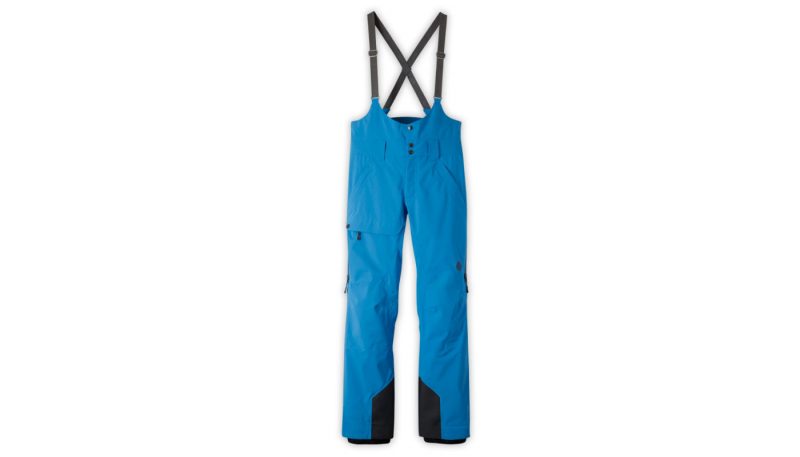
The Stio Environ Bib was a clear winner for 2018 Best In Class due to its well-constructed design, high-performance fabric, and its carefully thought-out features. The Environ Bib uses a high-quality three-layer Dermizax fabric that is both breathable and weatherproof. Since it has no insulation, it is highly versatile for either backcountry use or resort days when wearing additional base layers underneath. It scored particularly high due to the materials which allow for good temperature regulation with long zippered vents going from the waist down to the knee and breathable fabric. The features on the Environ bib were another strong point with adjustable suspenders, a drop seat for quick bathroom breaks in the backcountry and plenty of pockets. Testers liked the sleek all black bibs that were quite comfortable and have enough stretch to allow for full mobility while skinning uphill. The only downside to these amazing bibs was the price tag but if that’s not an issue than the Stio Environ Bib are an obvious choice.
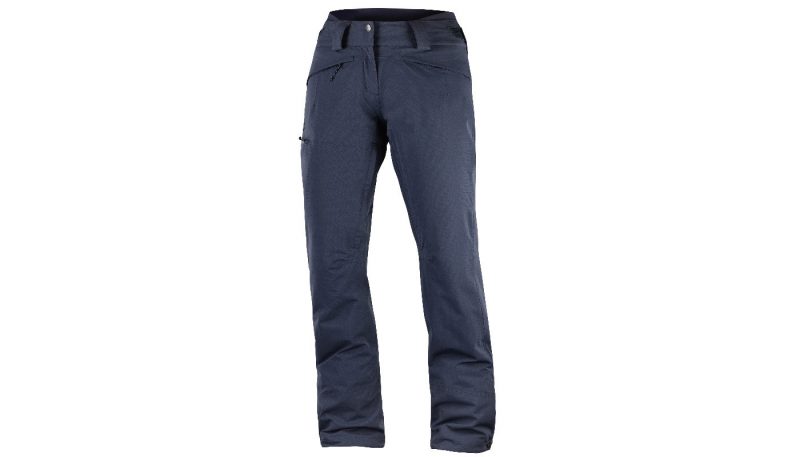
The Salomon QST Snow Pant is a lightly insulated pant perfect for everyday use at the resort. These pants scored just beneath the BIC winner, the Stio Environ Bib but would be testers top choice for an affordable resort pant. The QST Snow Pant is made with Salomon’s AdvancedSkin Dry face fabric which is surprisingly waterproof and has the perfect amount of synthetic insulation to stay warm while not overheating on warmer days. These pants have all the necessary features of a resort pant such as a velcro belt and elastic snow gaiters without any extra unnecessary ones. They scored highly for temperature control due to their good breathability and mesh vents which were easy to open. They scored the highest for fit and comfort since the unique material of these pants are unlike other ski pants due to the stretchy and quiet fabric they are made out of. Overall the Salomon QST Snow Pant is an excellent choice for resort skiing in a variety of temperatures while not having to make any compromises in comfort.
Best for Side Country Adventures
Trew Chariot Snow Bib
Ski & Snow, Ski Bibs, Ski Jackets, Ski Pants & Bibs & Women's Ski Pants & Bibs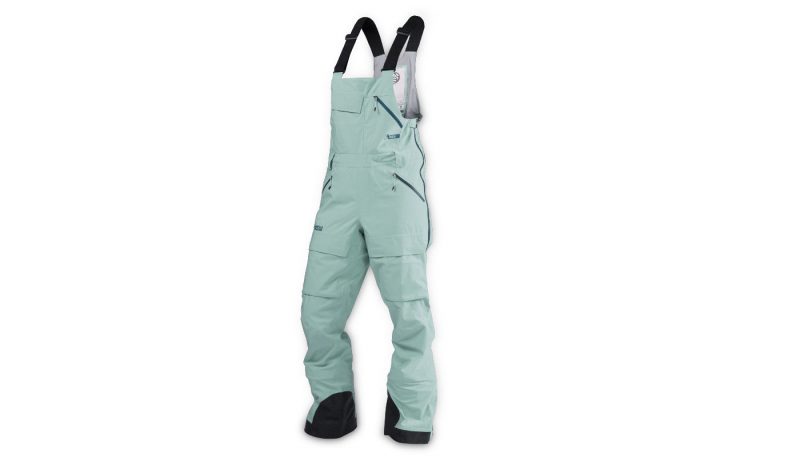
The Trew Chariot Bib was updated for 2018 and is a high-quality garment equally suited to backcountry skiing as it is to resort skiing. It uses a three-layer Dermazix fabric that highly weatherproof while also providing unparalleled amounts of breathability. There is no insulation in the Chariot Bib so base layers are necessary when skiing in colder temperatures but that just increases the different uses it can have. Testers really liked all the features that this bib has such as the long side vents which help to cool down, the abundance of pockets, and the adjustable suspenders. They also come equipped with a RECCO reflector which makes people searchable by rescue professionals. The main thing lacking from these bibs is a drop seat which makes going to the bathroom as a female much easier. There was also minor amounts of fraying on the garment which decreased the durability rated slightly. Nevertheless, these are a high-quality article of clothing that is sure to impress whether slaying the pow at the resort or deep in the backcountry.

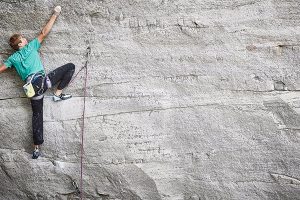
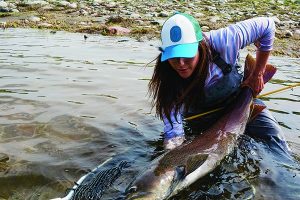
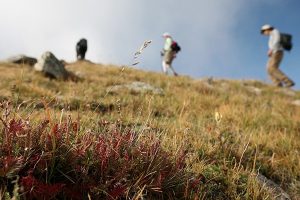
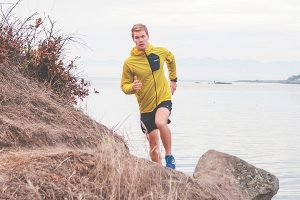


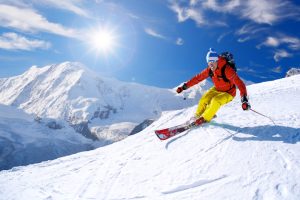
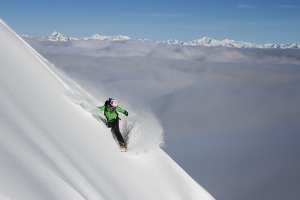
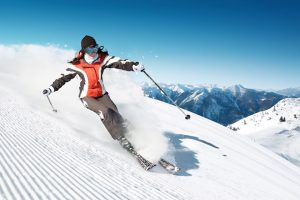
 89
89 